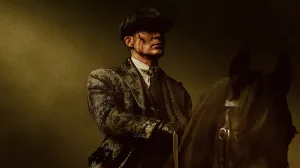David Lynch, who just passed away earlier in January, is one of the most unique filmmakers of all time, creating a style that encompasses surrealism, mystery, and pure imagination. But before he established himself as a singular talent, he was born in Missoula, Montana in 1946, and pursued a career as a painter. He eventually moved to filmmaking, but his visual arts background still played a major role in his growing skills as a director. After making several experimental short films, he burst onto the scene with his first feature-length film, 1977’s Eraserhead, which quickly became a hit on the midnight movie circuit. But the film also introduced his beautifully odd approach to cinema: confusing plots, disturbing subject matter, eccentric characters, quirky humor, and innovative sound design.
Videos by ComicBook.com
It’s a style that would develop further with his numerous films, TV shows, music videos, and even commercials. However, it’s a style that’s not always the most accessible to mainstream audiences; many of his works are quite divisive, attracting as much criticism as praise. And that’s why we’ve created this handy guide for those interested in diving into Lynch’s work. If you’re a film lover who’s curious about Lynch’s place in cinema history but you’re not sure where to start or might find his brand of surrealism a bit daunting to explore without a guiding hand, then start here.
The Elephant Man – A Heartfelt Introduction
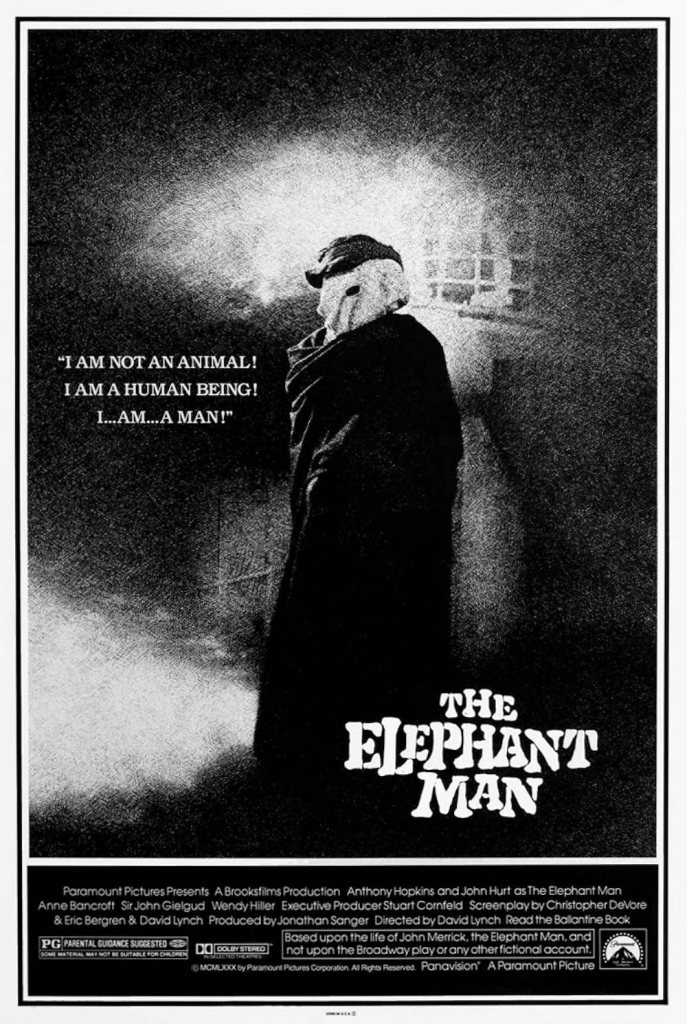
The Elephant Man is possibly the most accessible and straightforward film in David Lynch’s body of work. A biographical drama, the film is based on the true story of Joseph Merrick, a man with severe facial deformities who experiences considerable ridicule and abuse because of his appearance in Victorian England. He is aided by Frederick Treves, the kindly doctor who takes him in and attempts to show the world that he is not a freak.
Lynch isn’t known for sentimentality, but he treats the subject with compassion and grace, resulting in a film that’s tragic yet uplifting without ever being melodramatic. The Elephant Man has a fairly conventional narrative, yet does feature a bit of Lynch’s trademark surrealism, just giving you a taste of what he’s truly capable of doing. This is a great place to start for its sensitive storytelling with moving performances and just a dollop of the abstract.
[RELATED: David Lynch Was Developing a Project for Netflix Before His Death, According to CEO]
Blue Velvet – Peering Beneath Suburbia’s Surface
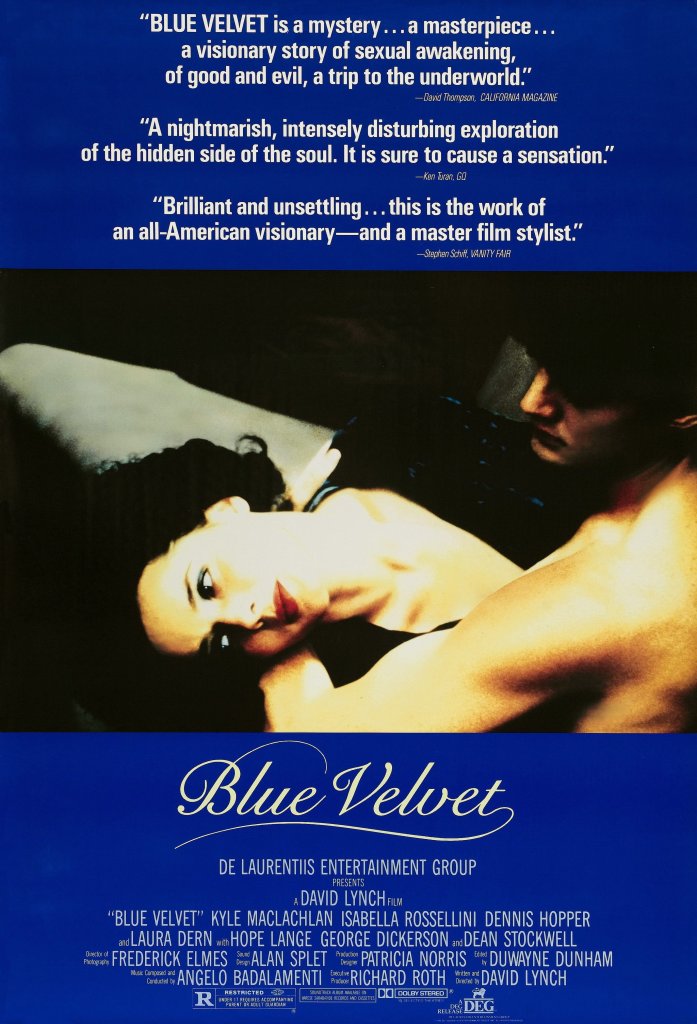
Blue Velvet is a neo-noir thriller that tells the story of a college student named Jeffrey Beaumont who returns home in idyllic Lumberton, North Carolina, to check in on his father after he has a heart attack. However, after discovering a severed human ear in a field near his home, Jeffrey stumbles into a bizarre and disturbing conspiracy involving a tormented lounge singer and an unpredictably violent gangster.
Like The Elephant Man, Blue Velvet has a fairly straightforward plot, this time in the crime and mystery genres. However, multiple scenes in the film are shot in an almost dreamlike style, blurring the lines between reality and delusion. What makes Blue Velvet particularly interesting is its setting; on the surface, this is the sort of town you’d see on a postcard, complete with white picket fences and tree-lined streets. But just below that surface is a festering, ugly underworld that will suck you in if you dig too deep.
Twin Peaks – A World Both Familiar and Strange
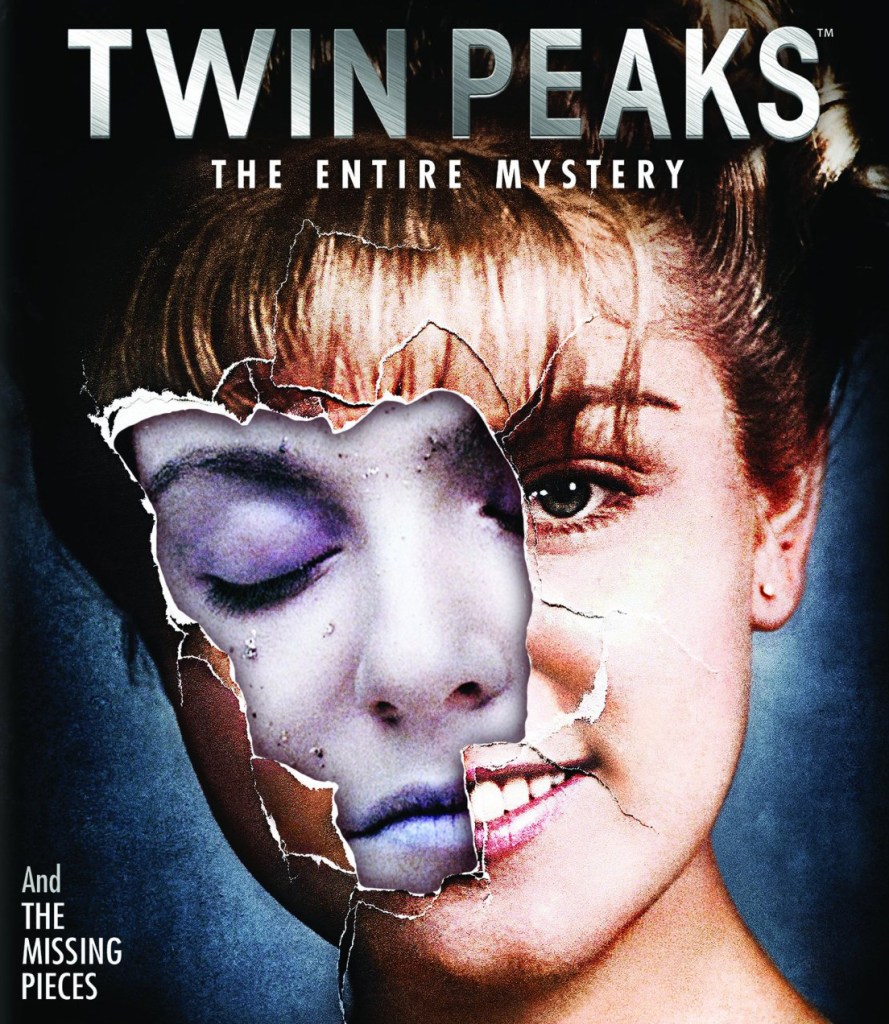
Twin Peaks is set in the cozy eponymous town in Washington populated by all manner of oddball characters. Something malign rears its head when the naked corpse of homecoming queen Laura Palmer is discovered in a river nearby, baffling the authorities. FBI Special Agent Dale Cooper is assigned to the case, but the further he delves into it, the more he realizes that there are darker forces at play.
The first two seasons of the show manage to combine campy humor with genuine terror into a cohesive whole. Twin Peaks employs a similar tactic to that of Blue Velvet in that it explores how a seemingly quaint town can harbor something much darker beneath its pleasant exterior. This show also goes further into much weirder realms, serving as the perfect bridge from Lynch’s more restrained storytelling to the more bizarre unsettling regions of his imagination.
Mulholland Drive – A Dive Into Dream Logic
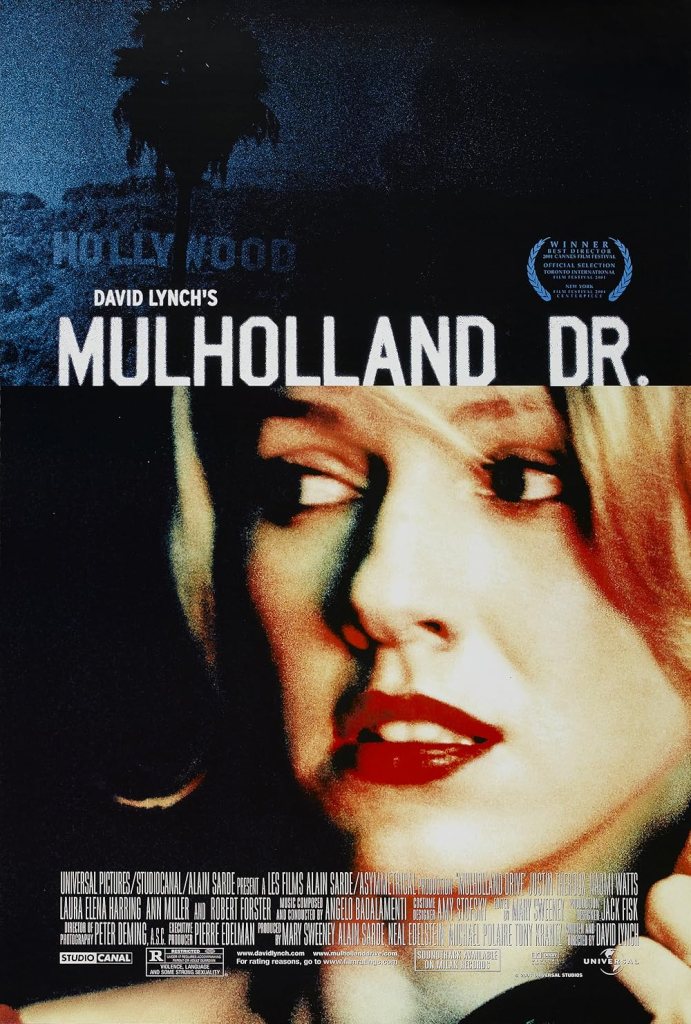
Mulholland Drive opens with a car crash that leaves a surviving woman with amnesia. She wanders into the home of Betty Elms, an enthusiastic young woman who just moved to Los Angeles with dreams of becoming an actress. Betty decides to help the mysterious woman rediscover her identity and find out what happened to her, but their journey takes them into the murkier parts of Hollywood, where they encounter no shortage of outlandish characters.
While Lynch has claimed that Mulholland Drive actually tells a cohesive story, there’s no denying that it’ll require most viewers to watch it a few times. Still, whether or not you fully understand it, the dreamlike quality of the film is undeniably hypnotic, taking the audience on a journey consisting of increasingly bizarre sequences that may not make logical sense (at least not at first) but make intuitive sense.
Eraserhead – Into the Heart of Surrealism
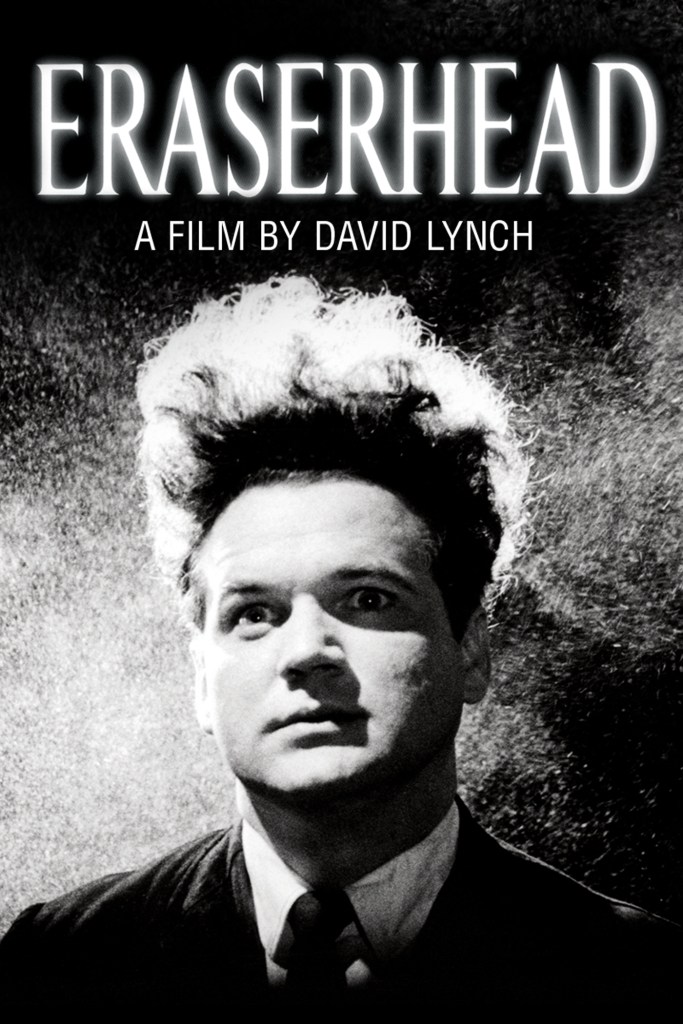
In this film, Henry Spencer lives in an apartment by himself in what appears to be an industrial wasteland. His girlfriend Mary gives birth to a deformed creature that may not even be fully human, so she moves in with him to take care of it. When the baby’s constant cries drive her mad, it prompts her to leave Henry to raise it by himself. From then on, he embarks on a series of grotesque, humorous, and downright weird encounters.
This is the most surrealistic film on this list, but if you’ve watched everything else that’s preceded and you still want more, then Eraserhead is for you. This may have been Lynch’s first feature film, but he came out swinging for the fences. It offers no explanation for its perplexing occurrences, nor does it offer any resolution. But the often hilarious nightmare logic that this film operates on results in a mesmerizing viewing experience that this article simply can’t capture.



